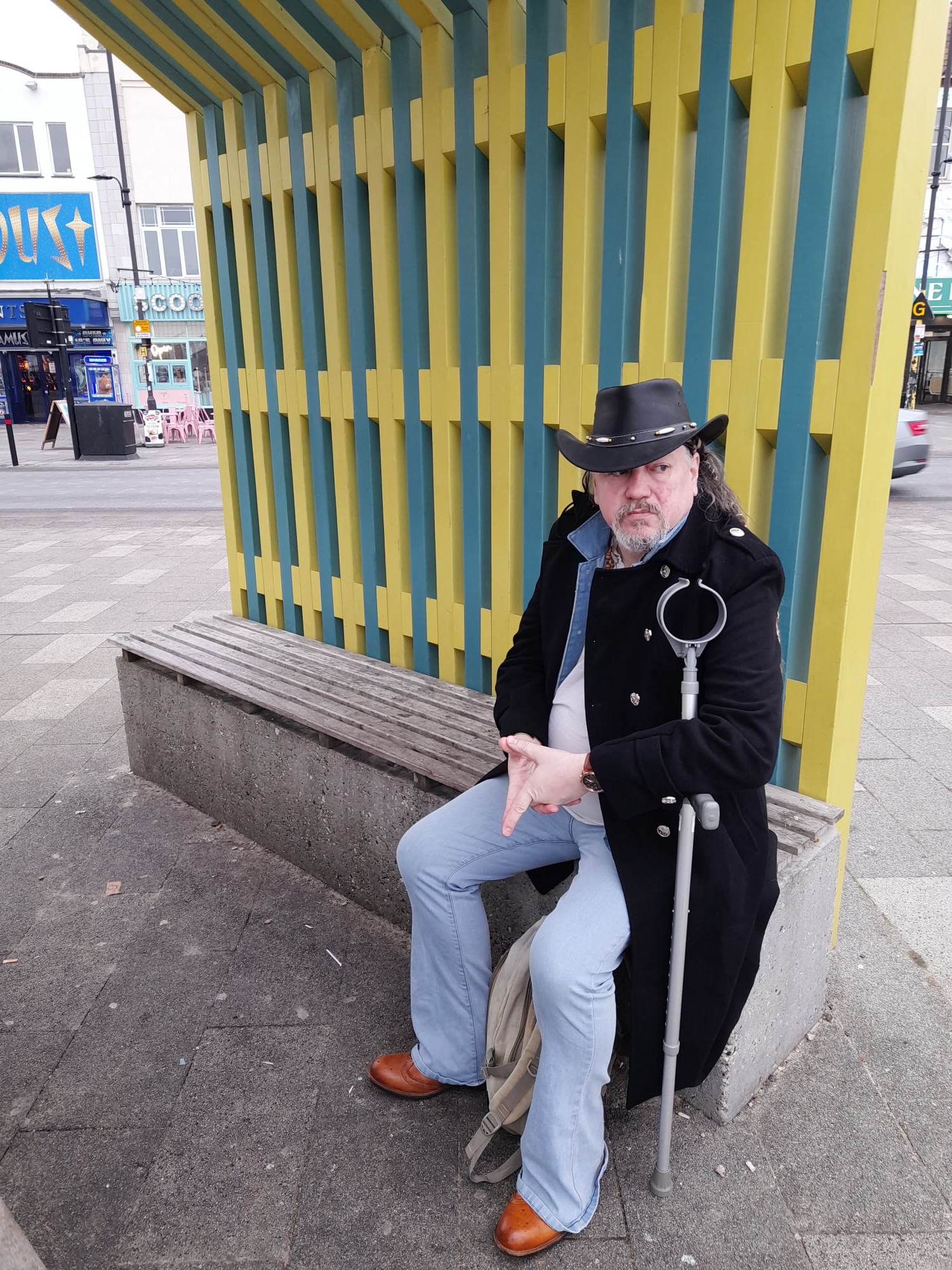By Juneha Chowdhury
Hope, like love, is a four-letter word with immense healing power. Like love, it has the ability to fill a void, to lift a spirit but, most importantly, it allows us to alter our perception of the world; giving our lives an uplift, too. When we’re overwhelmed by a situation, it’s hope that lets us breathe and take back control. When we’re feeling down, or we’re stuck in a mental or physical rut we find impossible to climb out of, it’s hope that stretches out a hand or even a shoulder for us to lean on and reassures us that, just like before, things will also be OK this time. So, how do we become more hopeful, or find hope in hopeless times? It’s not easy, especially when the practical and emotional challenges of everyday life are already greater than we feel physically able to bear.
Here are my (quotable) five top tips to being and feeling more hopeful:
- Don’t see the building, see the bricks.
At times we are so hell-bent on completing the picture our dreams are made of, we forget to appreciate and value all those little pieces already in place, building the foundation. The picture may not be complete, but our house has landings, walls and entrances we have conveniently overlooked and this is the reason we lack hope. As an aspiring novelist, I find myself becoming increasingly frustrated when the road to traditional publishing throws so many obstacles in my way. But what has helped me deal with this hopelessness is to think about all those little things that are working in my favour . Firstly, I’ve had a number of articles printed in Write On! Magazine and Write On! Extra and am steadily increasing my online presence. Secondly, my writing has grabbed the attention of an agent and we’re working together to secure a bite of the publishing cherry. Whether I achieve my dream or not, these two things I have achieved are no small deal. I try to remember this, as it fills me with hope in hopeless times.
- You have the outline. You just need to colour it in.
This is similar to my first tip. In any situation, look at what you have, what you can do to improve your world, rather than what you don’t have and what you can’t do. This is easier said than done, I know. But if we think of our deficiencies or obstacles as small gaps rather than whole spaces, we will feel more confident about either conquering or filling them, or working on our strengths so they appear relatively small in comparison.
With my own struggles with anxiety, I know first-hand how debilitating a downward-thinking spiral can be. I write myself down, sometimes completely off the page because, in my own head, ‘the girl that can’ is someone else, someone who is everything I’m not. But in terms of my own picture, if I look at the outline I’ve created of a dream, of a future, and fill it with my skills and attributes, the apparently dull and hopeless scene in my head comes to life and soon transforms into one with colours, and shades of hope and potential. These colours radiate a positivity that not only empowers me, but also inspires and empowers others.
- If you can’t change it, don’t sweat it.
More often than not, we worry about things that we personally cannot change. If anything, COVID-19 should remind us that sometimes the situations we find ourselves in are not man- or self-made. Thus, despite our best efforts, we could not have planned or prepared for this calamity, and as hard as it is to believe sometimes, this situation is not our fault. We worry too much about the what-ifs. What if this virus hadn’t taken over our lives and we hadn’t heard words like food shortages, job cuts, lives lost in the pandemic in our day-to-day life? What if celebrating our personal milestones and our religious and social gatherings hadn’t been disrupted in the way that they have been?
As well as holding us back, this kind of thinking misleads us. By questioning something beyond our control, which feels as though we’ve been shoved against a wall, we fall into the trap of thinking we can’t come out the other side. It makes us reactive in a non-productive way, rather than what we should be: proactive. Conversely, if we only worry about the things we can change: wearing a mask to protect ourselves and others, keeping our distance, following national guidelines, and being there for our family and friends in whatever real or virtual way possible, we are likely to feel hopeful that our situation will change. We will also be more realistic, understanding this situation, though difficult, is only temporary and, in the borrowed words of Vera Lynn: “We’ll meet again.”
- Hope breeds hope. Dish it out, and it comes back.
Sometimes, what we need from others when we’re feeling hopeless is actually very small: It’s a few words of encouragement or praise, it’s a short text, it’s a phone call, it’s a dose of empathy and/or sympathy. It’s a smile. It’s these little things that can change the course of someone’s day and give them hope. When you know people are rooting for you, or someone else is feeling as fed up or as hopeless as you are, you feel normal; after all, there can’t be anything wrong with you, if someone else is feeling the same.
One of the best things about being a part of Pen to Print and the Write On! team is connecting with like-minded people and receiving support from fellow writers. In recent months, the strength I’ve received from our team consisting of many talented writers and editors has been invaluable. It helps that our brains work in a similar fashion. We all have days where an imposter takes over our mind and everything, including our writing, seems pointless. What’s the point in writing? It will never get published. What’s the point in zoom meetings? It’s not the same as physical contact. The list goes on, and so must we, so we can give each other hope.
Hope often generates a chain reaction and, like laughter, it is infectious. A glimmer of hope given to one person can breed so much hope in others. When we encourage others to put away their gloominess and search for all the little treasures in their lives, we feel more equipped to do the same for ourselves, if only to prove the point of practising what we preach.
- Feel it, own it and move on.
When we’re feeling helpless or hopeless, the last thing we want to do is tell the world. In fact, it can feel like a sign of weakness, one to keep to ourselves. Our minds tell us we should be ashamed of this hopelessness, because many people around us are positive bundles of ever-glowing energy. How can we be more hopeful if we can’t match their level of positivity? Our glass is always less than half full, while theirs is always brimming over. Is it possible to meet them halfway? Yes, but only when we’ve owned our hopelessness first.
‘I’m feeling as though there’s no way out for me. ‘This situation is getting me down and I don’t know how to deal with it.’ This is better than denying these deflated feelings exist, or pretending to join a group you are clearly not a part of. Hope is about achieving the psychological space that gives you a better outlook. The ‘Happy Crowd’ may not be your scene at the moment, but this doesn’t necessarily mean you can’t aspire to it. Of course you can. Once you’ve owned it, you can put it aside and make an active decision to move on from that space, physically and mentally. There is hope.



